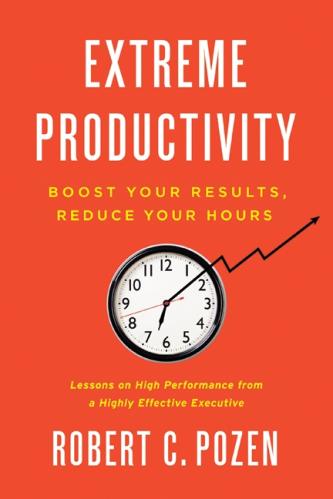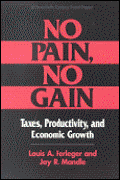Studies in this week’s Hutchins Roundup find that where productivity growth occurs determines who benefits the most, information in patent disclosures boosts innovation, and more.
Want to receive the Hutchins Roundup as an email? Sign up here to get it in your inbox every Thursday.
Where productivity growth occurs determines who benefits the most
Using data on 193 U.S. metropolitan areas from 1980 to 2000, Richard Hornbeck of the University of Chicago and Enrico Moretti of University of California at Berkeley find that the average worker benefits substantially from productivity growth in manufacturing, but who benefits most depends on where the growth occurs. When productivity rises in a city, total employment rises because of in-migration of workers from other cities. Most of the migrants are high-skilled workers because low-skilled workers are less likely to move. As a result, wages of the high-skilled rise less than wages of the low-skilled, reducing inequality. But wages are only part of the story: Productivity-driven migration pushes up housing prices, benefiting homeowners but not renters. Workers’ purchasing power also rises outside of the cities experiencing the productivity increase, the authors find. However, in these areas, the wages of high-skilled workers rise by more than those of less-skilled, and house prices and rents fall. As a result, benefits accrue primarily to the high-skilled and renters. The authors argue that neglecting geographic spillovers from local productivity growth masks substantial variation in experiences across areas and people.
Increased access to Information in patent disclosures boosts innovation
Several legal scholars have argued that patent disclosures, which contain technical details, are not useful in practice because patentees can game the system to make it difficult for fellow inventors to extract useful information. Jeffrey Furman of Boston University and Markus Nagler and Martin Watzinger of the University of Munich challenge this view by examining the effects of an expansion of the Patent and Trademark Depository Library system from 1975 to 1997. Before the internet, detailed information on patents was only available through patent libraries so proximity to a patent library increased access to information, they contend. After a new patent library opened, local patenting increased by 17 percent relative to similar regions that had no patent libraries. They also find that inventors within a 15-mile radius of a patent library cited more geographically and technologically diverse patents, and that the effect of being near a patent library disappeared after the introduction of the internet. These findings suggest that information in patent disclosures boosts innovation, they say.
Enrollee drop-outs are detrimental to health insurance markets
Using data on the credit card transactions and bank accounts of 850,000 Californians, Rebecca Diamond of Stanford University and co-authors find that enrollment in health insurance increased after the introduction of the Affordable Care Act, but half of new enrollees dropped out before the end of the plan year. The authors find that drop-outs are costly to cover, because they spend heavily while insured and then drop out and stop paying premiums. The authors show that this behavior undermines health insurance market stability and, in theory, can drive insurers to exit and cause insurance markets to break down. However, using data on plan price increases, they show that in practice insurers are able to shift the costs of attrition to non-dropout enrollees, who become less willing to give up their insurance plans and therefore less sensitive to prices over time, which prevents markets from unravelling. Their findings highlight the importance of designing social security programs to minimize attrition, not just maximize enrollment, they argue.
Chart of the week: There are now more job openings than unemployed people in the United States

Quote of the week:
“Our asset purchase program (APP) has been the pivotal component of our strategy for countering and reversing the crisis. As you know, since the program’s inception in 2015, the Governing Council of the European Central Bank has made net asset purchases under the APP conditional on progress towards a sustained adjustment in the path of inflation to levels below, but close to, 2 percent over the medium term. … Next week, the Governing Council will have to assess whether progress so far has been sufficient to warrant a gradual unwinding of our net purchases. … The key question for monetary policy is: Will growth remain sufficiently strong for the ongoing pressure on resource utilization to continue to nudge inflation along a pathway that rises fast enough towards our objective?” says Peter Praet, member of the Executive Board of the European Central Bank.
“A look at the sectoral make-up of the most recent developments in the job market is encouraging. PMI survey indicators signal continued employment creation ahead across sectors as well as across major countries in the euro area. Measures of labor market tightness, such as the vacancies-to-unemployment ratio or survey indicators of labor shortages, show an upward trend for the euro area that has steepened over the past year. … At the same time, there is growing evidence that labor market tightness is translating into a stronger pick-up in wage growth. … Signals showing the convergence of inflation towards our aim have been improving, and both the underlying strength in the euro area economy and the fact that such strength is increasingly affecting wage formation supports our confidence that inflation will reach a level of below, but close to, 2 percent over the medium term.”









Commentary
Hutchins Roundup: Benefits from productivity growth, information in patent disclosures, and more
June 7, 2018